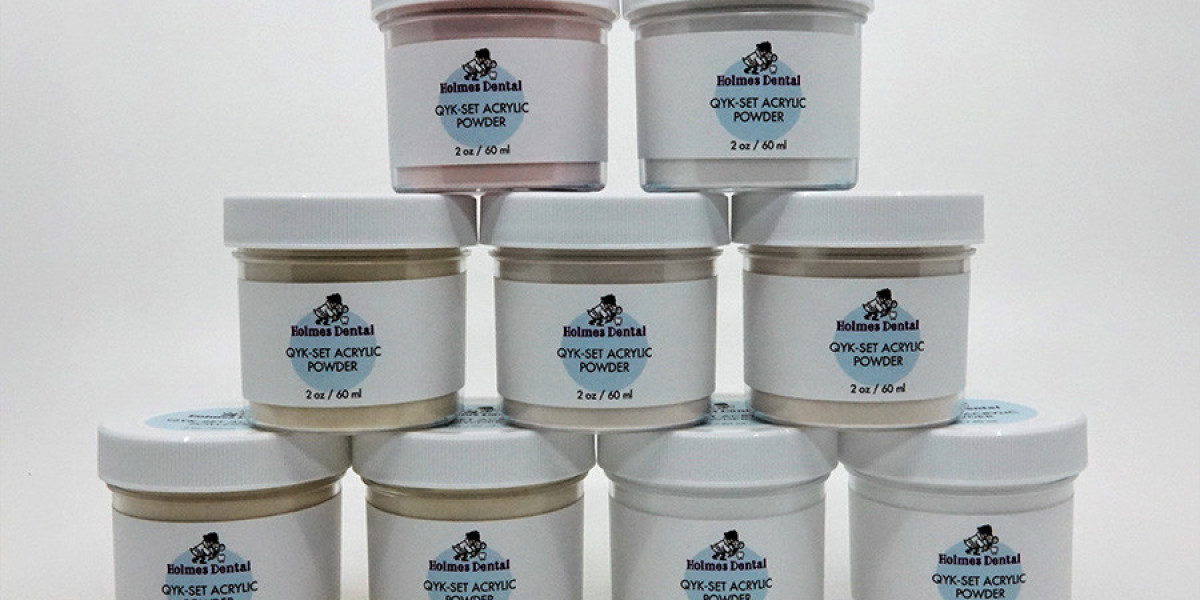Dental procedures can sometimes seem like a complex labyrinth of tools, techniques, and terminologies for the uninitiated. One such term that may raise eyebrows is "dental rubber dam placement." What exactly does it entail? Let's delve into this dental practice and uncover its significance, procedure, and benefits.
1. What is a Dental Rubber Dam?
A dental rubber dam is a thin, stretchable sheet made of latex or non-latex material. It resembles a small sheet of rubber and is used to isolate a specific area of the mouth during dental procedures.
2. What is the Purpose of Dental Rubber Dam Placement?
The primary goal of using a dental rubber dam is to provide a dry and isolated field in the oral cavity. By isolating the treatment area, the dentist gains better visibility and control over the procedure, preventing contamination from saliva and other oral fluids.
3. How is a Dental Rubber Dam Placed?
The placement of a dental rubber dam involves several steps:
The dentist selects an appropriately sized rubber dam and punches holes in it to accommodate the teeth being treated.
The dam is then stretched over a frame or a specialized clamp called a rubber dam clamp.
Once secured, the rubber dam is positioned over the teeth, covering the treatment area while leaving the teeth exposed.
4. Is Dental Rubber Dam Placement Necessary for Every Procedure?
While not mandatory for every dental procedure, dental rubber dam placement is highly recommended for various treatments such as root canal therapy, dental fillings, and certain restorative procedures. Its use ensures a clean and controlled environment for precise dental work.
5. Are There Any Benefits to Using a Dental Rubber Dam?
Indeed, there are several benefits:
Improved visibility: With the treatment area isolated, dentists have a clearer view of the tooth or teeth being worked on.
Contamination prevention: The rubber dam prevents saliva, blood, and other fluids from contaminating the treatment site, reducing the risk of infection.
Patient comfort: Patients may find the use of a rubber dam more comfortable as it prevents them from swallowing or inhaling debris during the procedure.
Enhanced efficiency: By providing a dry and isolated field, dental procedures can be completed more efficiently, leading to shorter appointment times.
6. Can Anyone Use a Dental Rubber Dam?
While dental rubber dams are widely used by dentists, their placement requires skill and precision. Dentists undergo training to effectively place and remove rubber dams while ensuring patient comfort and safety.
7. Are There Any Risks Associated with Dental Rubber Dam Placement?
While rare, allergic reactions to latex-based rubber dams are possible. However, non-latex alternatives are available for patients with latex allergies. Additionally, improper placement of the rubber dam could result in discomfort or damage to the gums if not fitted correctly.
8. How Long Does Dental Rubber Dam Placement Take?
The time required for dental rubber dam placement varies depending on the complexity of the procedure and the experience of the dentist. Generally, it adds a few minutes to the overall treatment time but significantly contributes to the success and efficiency of the procedure.
In conclusion, dental rubber dam placement plays a crucial role in modern dentistry by providing a clean, dry, and isolated environment for various dental procedures. Its benefits in terms of infection control, patient comfort, and procedural efficiency make it a valuable tool in the dentist's arsenal. So, the next time you're in the dental chair and hear about rubber dam placement, rest assured that it's all about ensuring the best possible outcome for your oral health.








